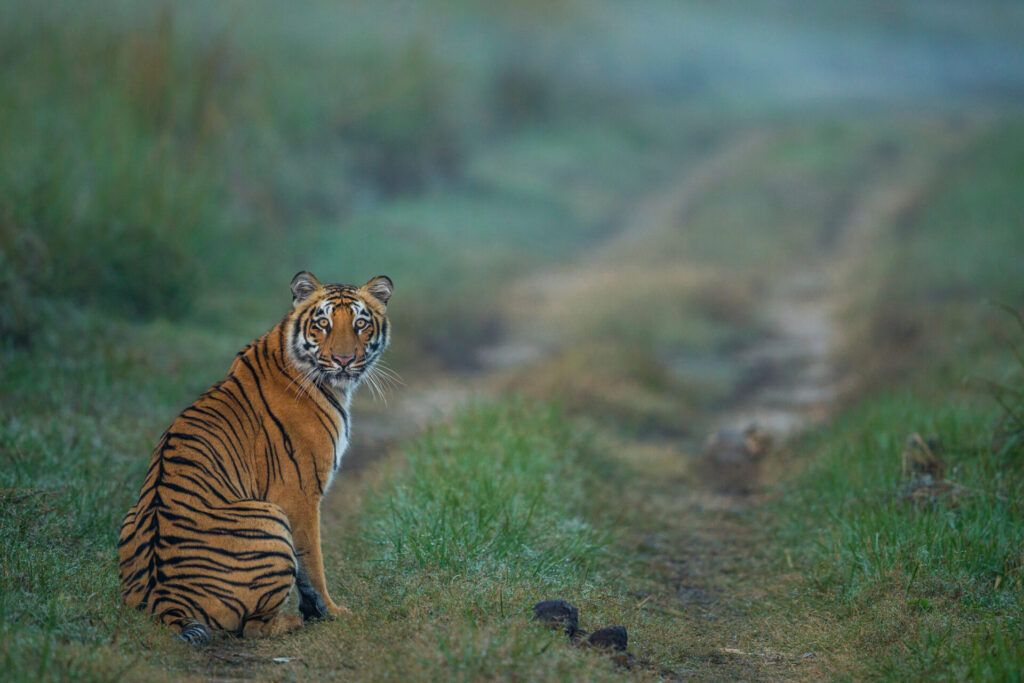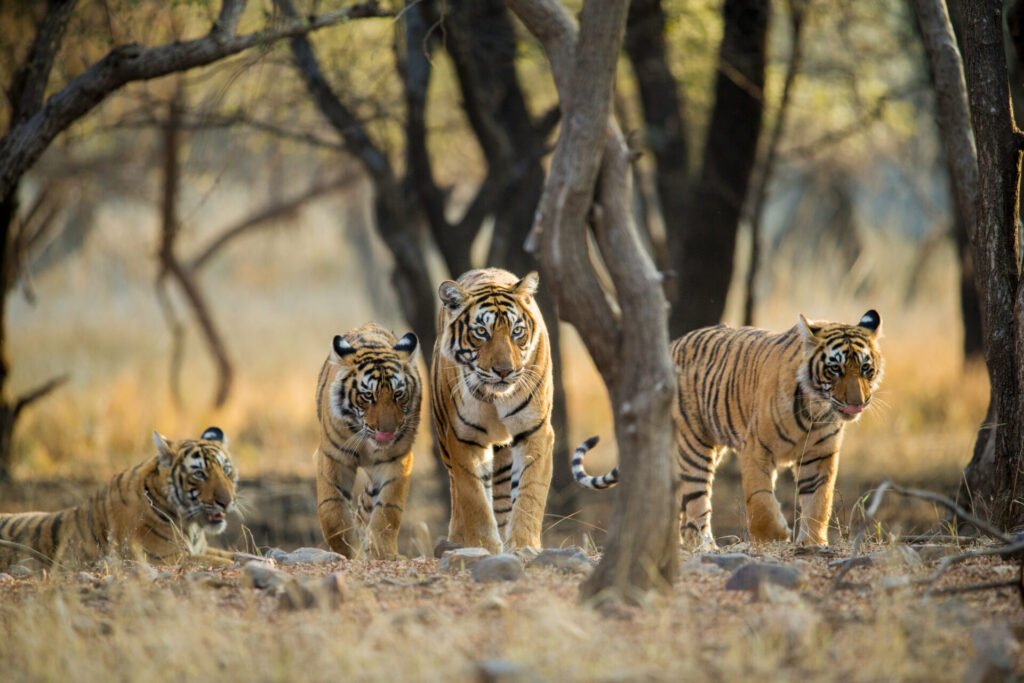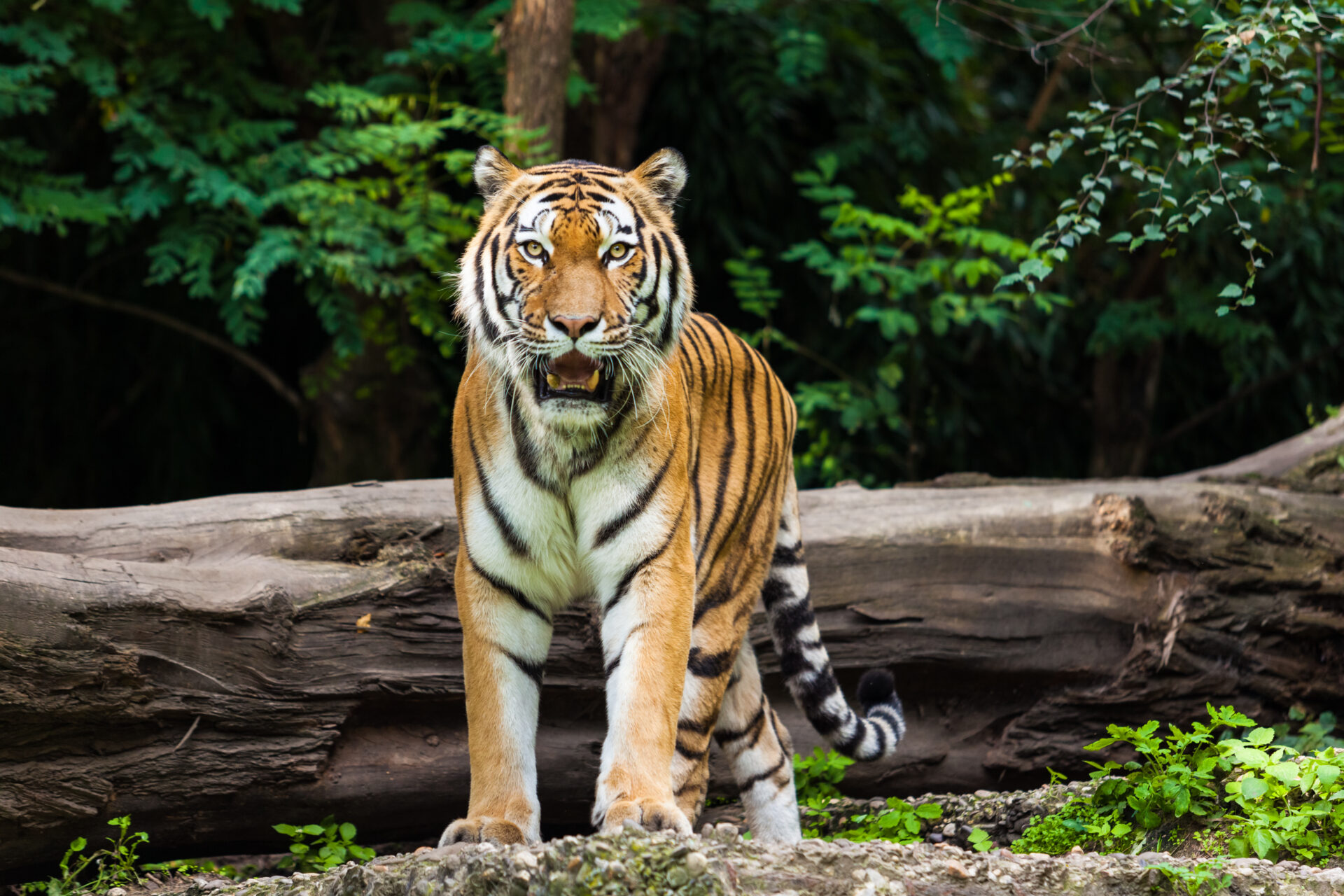India has achieved a historic conservation milestone by successfully doubling its wild tiger population from 1,706 in 2010 to approximately 3,682 in 2022.
This achievement is thanks to decades of focused conservation efforts, including strict anti-poaching measures, habitat protection, and improved coexistence between tigers and local communities.
As of 2025, India is home to nearly 75 per cent of the world’s wild tiger population, making it a global leader in their conservation. The country’s flagship Project Tiger, launched in 1973, has played a crucial role in preserving critical habitats and ensuring that the species – once on the brink of extinction – continues to thrive.

One of the most significant steps India has undertaken was expanding reserves under the National Tiger Conservation Authority (NTCA), which was established in 2005. The NTCA oversees Project Tiger, ensuring that these protected areas are managed effectively.
Currently, India has 54 tiger reserves, covering more than 75,000 square kilometers of designated habitat. These reserves not only provide safe spaces for tigers to roam and hunt but also serve as biodiversity hotspots, supporting countless other species.
Poaching has historically been one of the greatest threats to these big cats. The illegal trade in their body parts, driven by demand in black markets, has decimated populations across Asia. To combat this, India introduced strict anti-poaching measures by increasing forest patrols, using camera traps for surveillance, and deploying advanced tracking technology to monitor their movements in real time.
Tigers need large territories with abundant prey species like deer and wild boar so conservationists have focused on restoring the natural balance by preventing illegal hunting of prey animals and improving habitat quality through reforestation projects. A healthy prey base means the big cats don’t need to venture into human settlements in search of food, reducing the risk of conflicts.

Conservation efforts have also been successful largely thanks to community participation. Many reserves are located near rural villages, where locals historically depended on forests for livelihood. Instead of displacing these communities, India has promoted eco-tourism initiatives that benefit both wildlife and people.
Many villagers are now employed as guides, conservationists, and hospitality staff in the reserves, allowing them to earn a sustainable income while protecting the very species that once posed a threat to their way of life.
Yadvendradev Vikramsinh Jhala, the study’s lead author, told the BBC, ‘We think human densities are detrimental to conservation of large carnivores. But more than density, it is the attitude of people that matters.’ He pointed out that despite having a lower population density, Malaysia has not successfully revived its tiger population due to different socio-economic and conservation approaches.
Tiger Data Issues
Despite the impressive numbers, not everyone is convinced that India’s tiger population is entirely secure. Some conservationists argue that while official figures show growth, there are discrepancies in data collection methods, and access to raw data for independent verification remains limited.

Additionally, rapid urbanisation and deforestation still pose a significant long-term threat. As human populations expand, tiger corridors—essential for genetic diversity—are shrinking. Without proper habitat connectivity, their populations risk fragmentation, leading to inbreeding and a decline in genetic health.
Climate change is also an emerging concern. Rising temperatures, altered monsoon patterns, and habitat degradation could disrupt prey populations and force them to move beyond protected areas, increasing conflicts with humans.
India’s success in doubling its wild tiger population is a cause for celebration, but conservationists emphasise that the battle isn’t over. The country must continue to expand protected areas, enforce strict anti-poaching laws, and develop strategies to manage human-wildlife interactions effectively.
International collaborations and scientific advancements in conservation technology, such as AI-powered monitoring and DNA tracking, will play a crucial role in ensuring long-term success.
India has proven that conservation efforts can work, even in a densely populated country. The challenge now is to maintain this success and ensure that future generations inherit a world where tigers continue to roam free.









